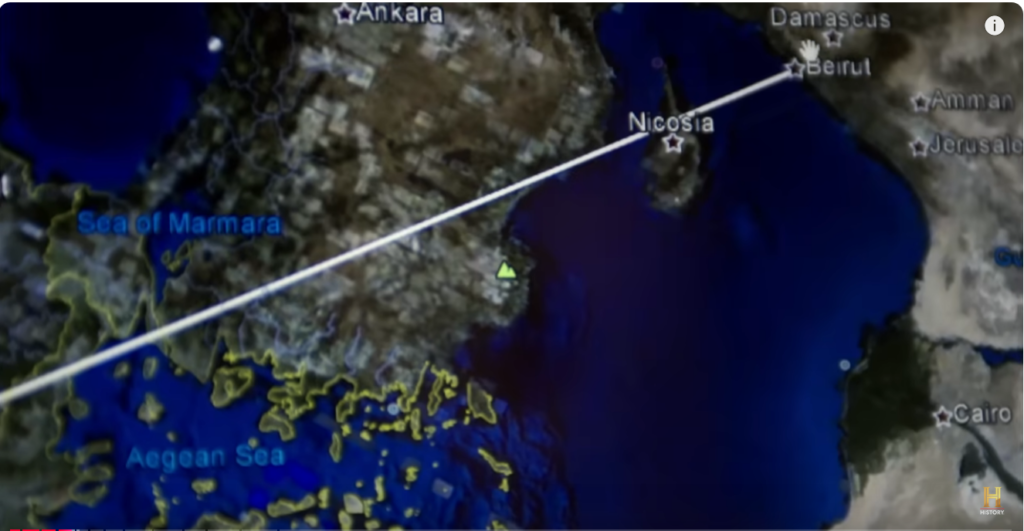North Carolina
ASS
Expenditure to income
COA
Net expenditures
Income to equity
COA
COA
DAD
COA
On contacting my wife,
WAR CONVERTIBILITY
Needham having settled land previous and for us, after establishing thatof
Bitter war between Neitherlands and thatof the British,
Orange [ Attackums ]
reward
EARTH-SHATTERING ANCIENT MYSTERIES IN THE U.S.A. *4 Hour Marathon* | America Unearthed
HISTORY 13.9M subscribers
AS SHOWN

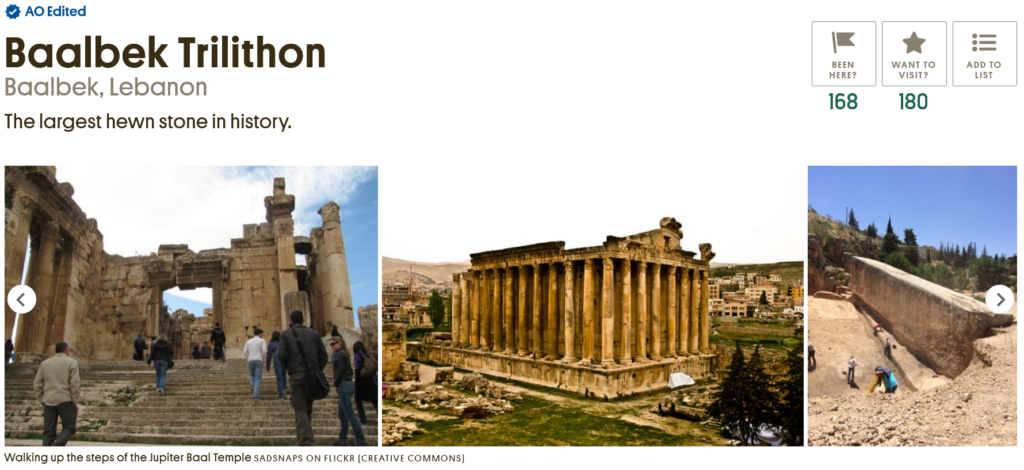
There were many stone movers in the ancient world. From Stonehenge to Macchu Picchu, ancient peoples found a way to move stones of massive proportions. The Olmec of Central America moved enormous stone heads, possibly by floating them down rivers on rafts. The Inca created mountaintop kingdoms out of enormous yet intricately fitted stones, each dragged for dozens of miles. Easter Islanders carved and moved some of the largest stone sculptures ever created.
The largest hewn stone yet discovered, however, was not found in any of these places, but in the Lebanese town of Baalbeck, in the ruins of a city once known as Heliopolis, “the City of the Sun.”
In the base of the ruins of the Jupiter Baal Temple lie three hewn stones known together as the “trilithon.” Each is estimated to weigh over 750 tons. Construction on the massive Roman temple of Jupiter began roughly 27 years before the birth of Jesus, and while most scholars agree the blocks were cut by the Romans, there is some evidence that the trilithon may predate their presence in the Middle East. In fact, the stones may predate even Alexander the Great, who founded Heliopolis in 334 B.C.
Whether Roman masons or some other group, someone devised a way to move these massive blocks from the quarry over many miles and to then lift them onto a base of smaller blocks. In addition to the trilithon, there is a fourth stone in the temple, the largest of them all—indeed, the largest stone ever hewn by man.
Known as the “Stone of the Pregnant Woman,” it weighs an estimated 1,200 tons—equivalent to three Boeing 747s. This massive weight apparently proved too much for anyone to move, and the stone was left in the place where it was cut, an enormous rectangle sticking up at an angle from the ground.
How Roman architects (or whoever it was that moved the trilithon) ever thought they would move such an enormous block remains a source of much debate.
The Atlas Obscura Podcast is a short, daily celebration of all the world’s strange and wondrous places. Check out this episode about the Baalbek Trilithon.

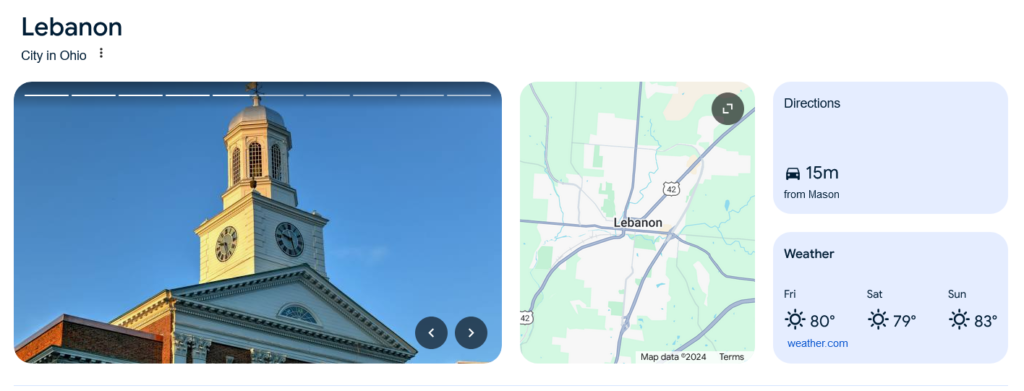
About
Lebanon is a city in and the county seat of Warren County, Ohio, United States. The population was 20,841 at the 2020 census. It is part of the Cincinnati metropolitan area. Wikipedia
ZIP code: 45036
Population: 21,483 (2022)
Area code: 513
Elevation: 748 ft (228 m)
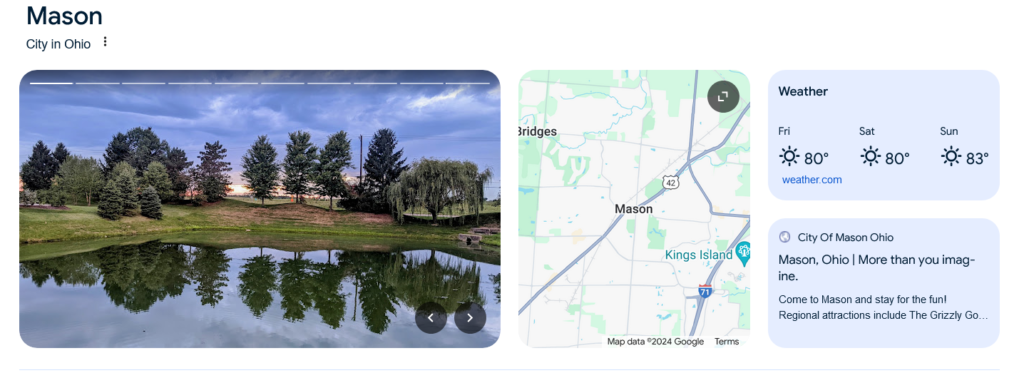
About
Mason is a city in southwestern Warren County, Ohio, United States, approximately 22 miles north of downtown Cincinnati. As of the 2020 census, Mason’s population was 34,792. Wikipedia
ZIP code: 45040
Population: 35,520 (2022)
Area code: 513
Elevation: 794 ft (242 m)
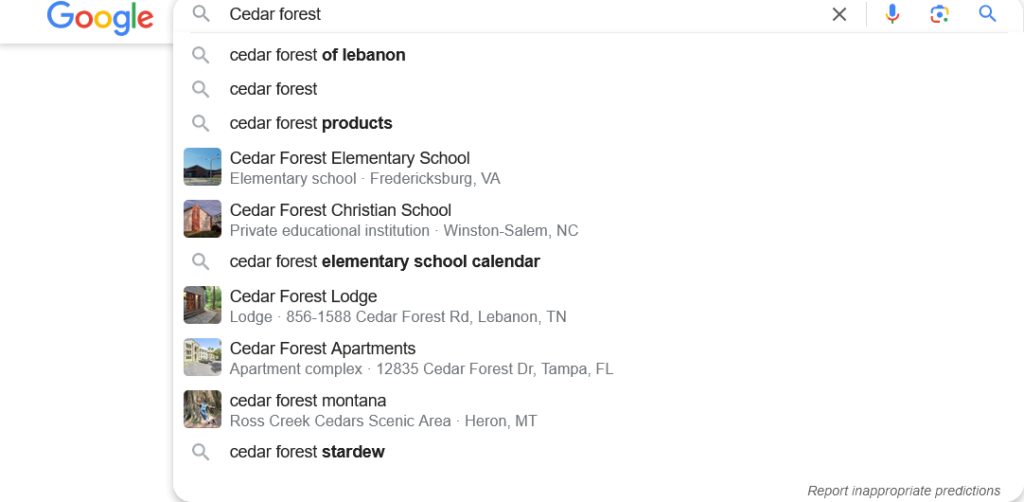



The Cedar Forest (𒄑𒂞𒄑𒌁giš eren giš tir) is the glorious realm of the gods of Mesopotamian mythology. It is guarded by the demigod Humbaba and was once entered by the hero Gilgamesh who dared cut down trees from its virgin stands during his quest for fame. The Cedar Forest is described in Tablets 4–6 of the Epic of Gilgamesh.[1] Earlier descriptions come from the Ur III poem Gilgamesh and Huwawa.[2]

AOC Ancient site

Cedar Forest Fair, and is thesesame advertisment thatof DONALD PAUL NEEDHAM as and with SIX FLAGS

Dr

Chapter 9: The Landing Place
…The greatest Roman temple ruins lie not in Rome, but in the mountains of Lebanon.
…Emperors and generals came to it in search of oracles, to find out their fate. Roman legionnaires sought to be billeted near it; the devout and the curious went to see it with their own eyes: it was one of the wonders of the ancient world.
…The site is in the mountains of Lebanon… the enclosed squarish area, with some sides almost 2,500 feet long, measured over five million square feet.
…Examining the Roman and Greek traditions and beliefs, we have arrived back at Sumer; we have circled back to Gilgamesh and his Search for Immortality in the Cedar Forest, at the “crossroads of Ishtar.” Though in the territory of Adad, he was told, the place was also in the jurisdiction of Shamash. And so we have the original Triad: Adad, Ishtar, Shamash.
…Have we come upon the Landing Place?
…Henry Seyrig, who as director of Antiquities of Syria devoted a lifetime to the studies of the vast platform and its meaning, found that the Greeks used to conduct their “rites of Mystery, in which Afterlife was represented as human Immortality – an identification with the deity obtained by the ascent (heavenward) of the soul.”
…But who? Local tradition hold that the place had existed from the days of Adam and his sons, who resided in the area of the Cedar Mountains after the expulsion of Adam and Eve from the Garden of Eden. Adam, these legends relate, inhabited the place which is now Damascus, and died not far from there.
After mentioning several other legends Mr. Sitchin adds:
…All these local legends, which as all legends contain a kernel of age-old recollections of actual events, agree that the place is of extreme antiquity. They ascribe its building to “giants” and connect its construction with the events of the Deluge. They connect it with Ba’al, its function being that of a “Tower of Babel” – a place from which to “scale the heavens.”
…The words and description of the Hidden Place in the Epic of Gilgamesh also keep echoing in our ears. The insurmountable wall, the gate which stuns whoever touches it, the tunnel to the “enclosure from where words of command are issued,” the “secret abode of the Anunnaki,” the monstrous Guardian with his “radiant beam.”
…And there is no doubt left in our mind that in Baalbek we have found Ba’al’s Crest of Zaphon, the target of the first journey of Gilgamesh.

…Were there indeed such other places on Earth that could serve as Landing Places for the aircraft of the gods? Were there, besides upon the Crest of Zaphon, other “stones that whisper”?
…Explaining the Egyptian pantheon of twelve gods to his countrymen, the Greek historian Herodotus also wrote of an “Immortal whom the Egyptians venerated as ‘Hercules’.” He traced the origins of the worship of this Immortal to Phoenicia, “hearing that there was a temple of Hercules at that place, very highly venerated.” In the temple he saw two pillars. “One was of pure gold; the other was of emerald, shining with great brilliancy at night.”
…Such sacred “Sun Pillars” – “Stones of the gods” – were actually depicted on Phoenician coins following the area’s conquest by Alexander. Herodotus provides us with the additional information that of the two connected stones, one was made of the metal which is the best conductor of electricity (gold); and the other of a precious stone (emerald) as is now used for laser communications, giving off an eerie radiance as it emits a high powered beam. Was it not like the contraption set up by Ba’al, which the Canaanite text described as “stones of splendor?”
…The construction (or reconstruction) upon the Crest of Zaphon of a launching silo and a landing platform for Ba’al was not the cause of his fatal battle with Mot. Rather, it was his clandestine attempt to set up a “Stone of Splendor.” This device could communicate with the heavens as well as with other places on Earth. But, in addition, it was:
A stone that whispers,
Men its messages will not know,
Earth’s multitudes will not comprehend.
…In a most thorough study of the subject, Wilhem H. Roscher (Omphalos) showed that the Indo-European term for these oracle stones – navel in English, nabel in German, etc.- stem from the Sanskrit nabh, which meant “emanate forcefully.” It is no coincidence that in the Semitic languages naboh meant to foretell and nabih meant “prophet.” All these identical meanings undoubtedly harken back to the Sumerian, in which NA.BA(R) meant “bright-shiny stone that solves.”
…Delphi, the site of Greece’s most famous oracle was dedicated to Apollo (“He of Stone”), its ruins are still one of Greece’s leading tourist attractions. There too as at Baalbek, the sacred precinct consisted of a platform shaped upon a mountainside, also facing a valley that opens up as a funnel toward the Mediterranean Sea and the lands on its other shore.
…Many records established that an omphalos stone was Delphi’s holiest object. It was set into a special base in the inner sanctum of the temple of Apollo, some say next to a golden statue of the god and some say it was enshrined all by itself. In a subterranean chamber, hidden from view by the oracle seekers, the oracle priestess in trance-like oblivion, answered the questions of kings, and heroes by uttering enigmatic answers – answers given by the god but emanating from the omphalos.
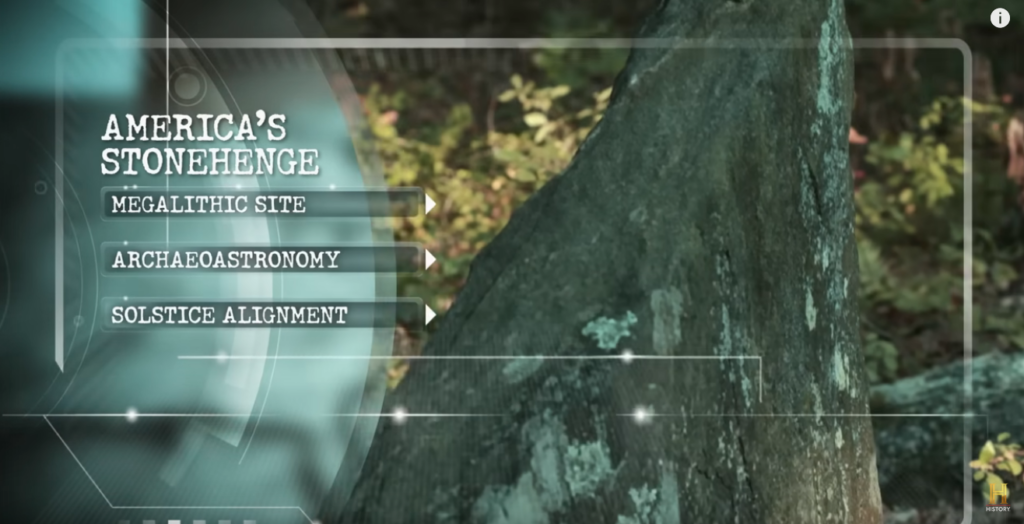
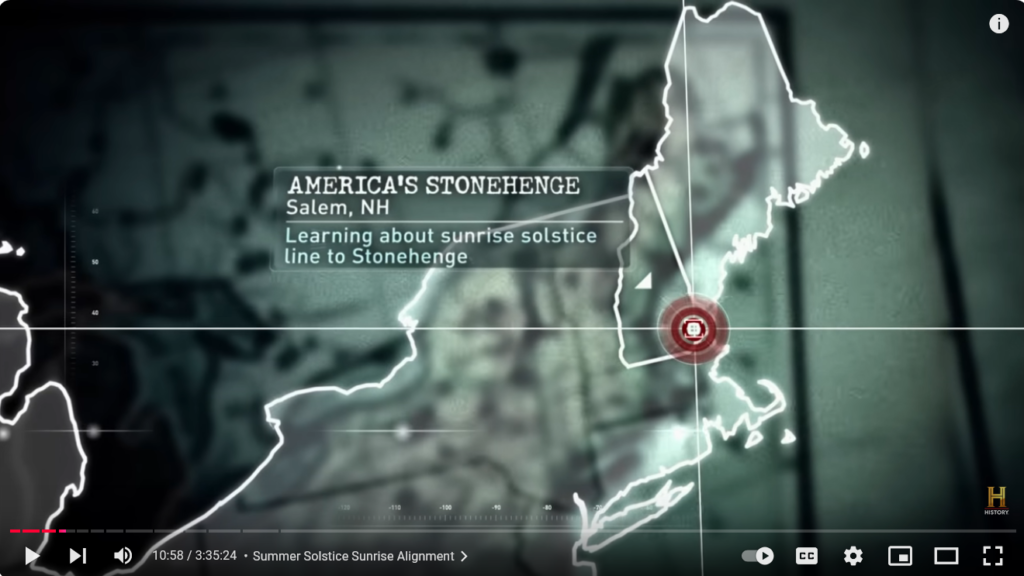
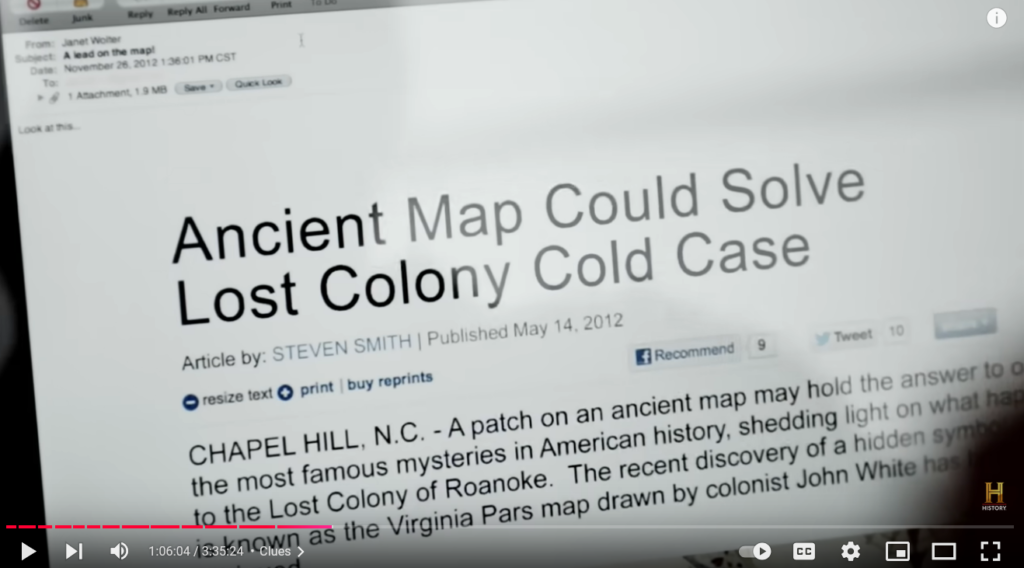

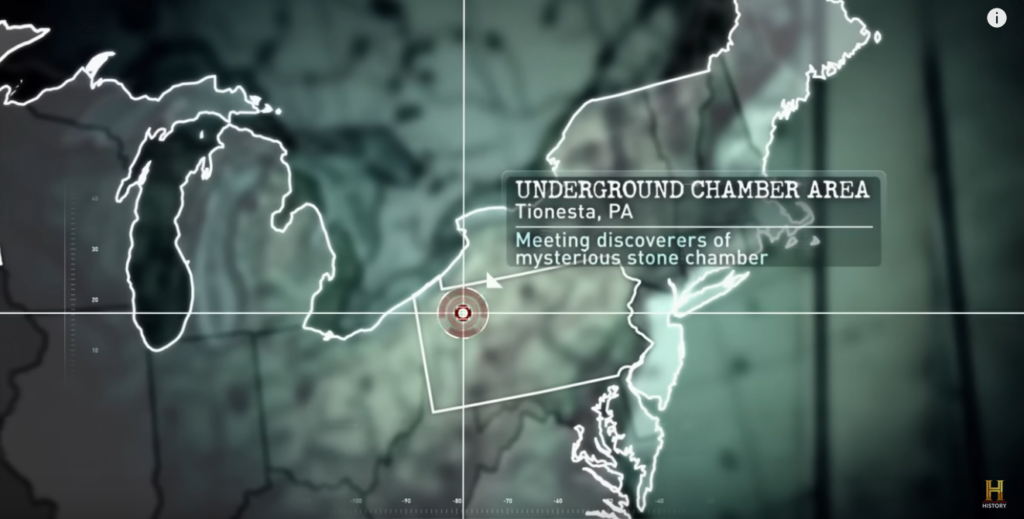
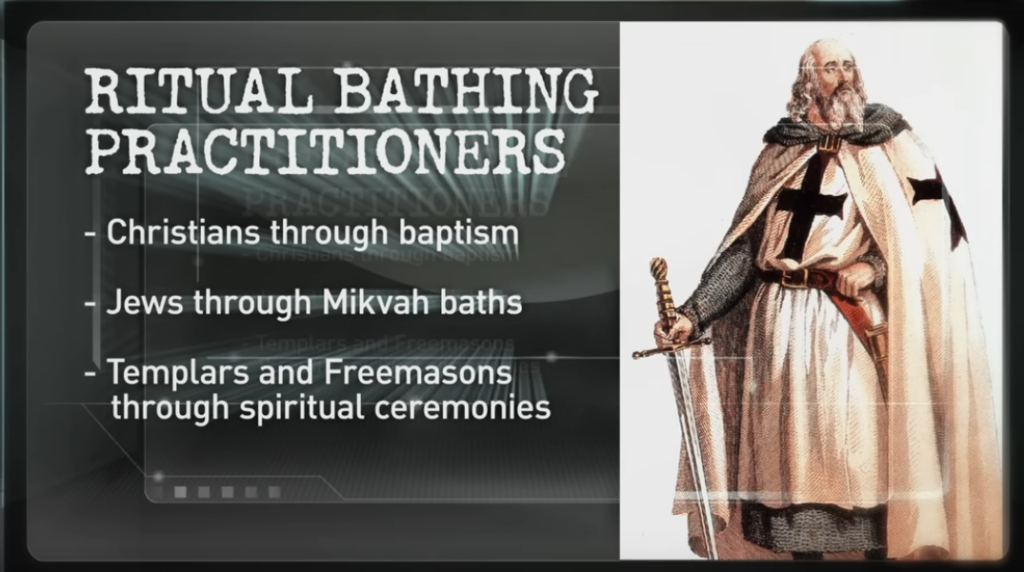
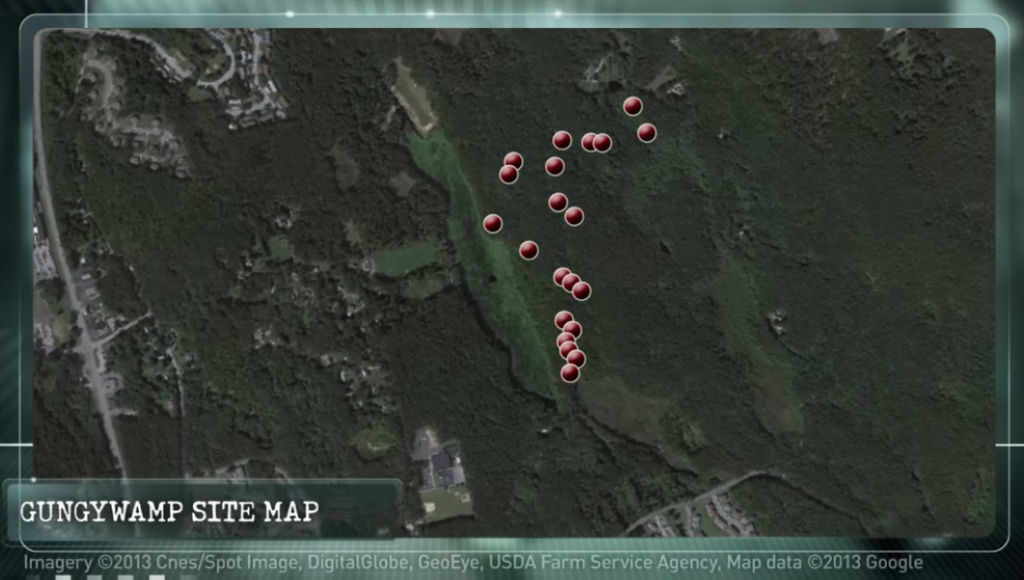


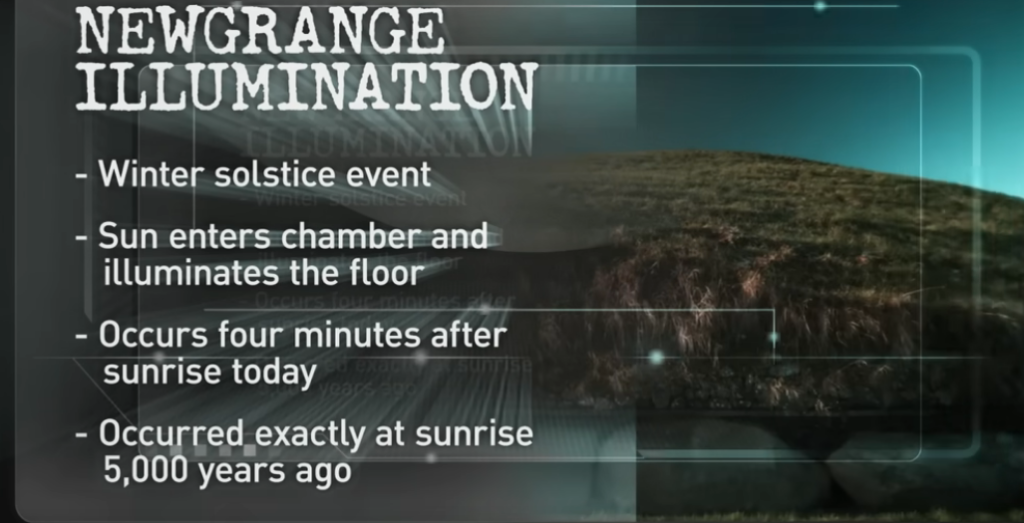
OUR Pennsylvania SUPREME COURT,
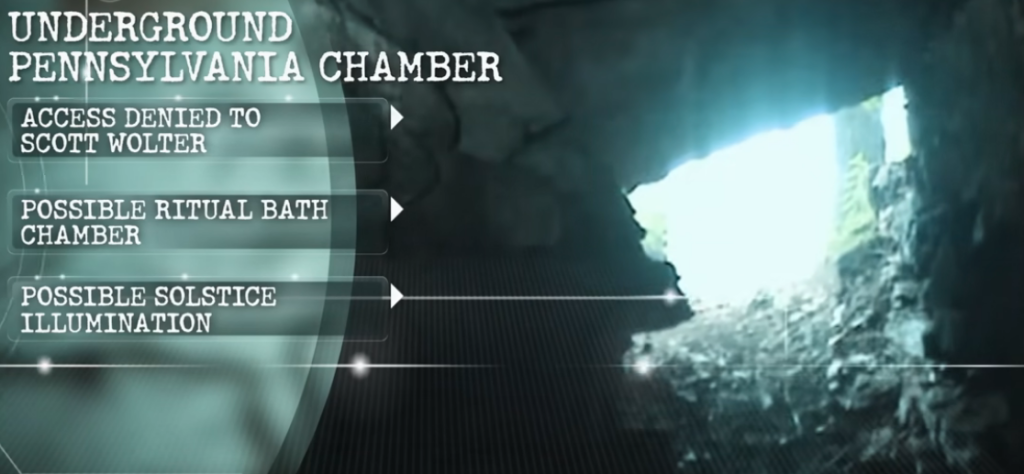
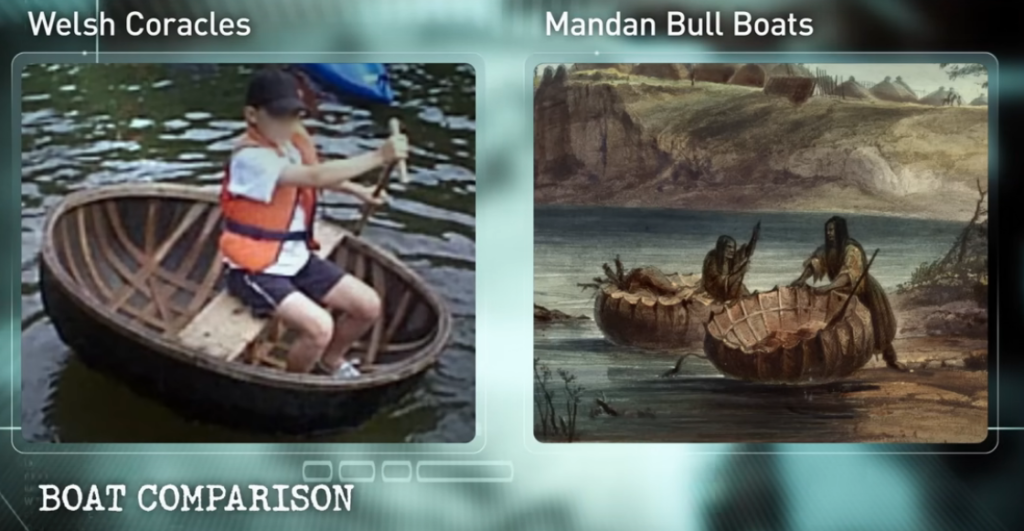

Three Stone and so we could communicate and thatof the lands settled, theseof prior to anyother human existence to atleast 5000 bce with COURT DOCKET CREDIT DEBIT GPD.



Coordinates
 51°10′44″N 1°49′34″W
51°10′44″N 1°49′34″W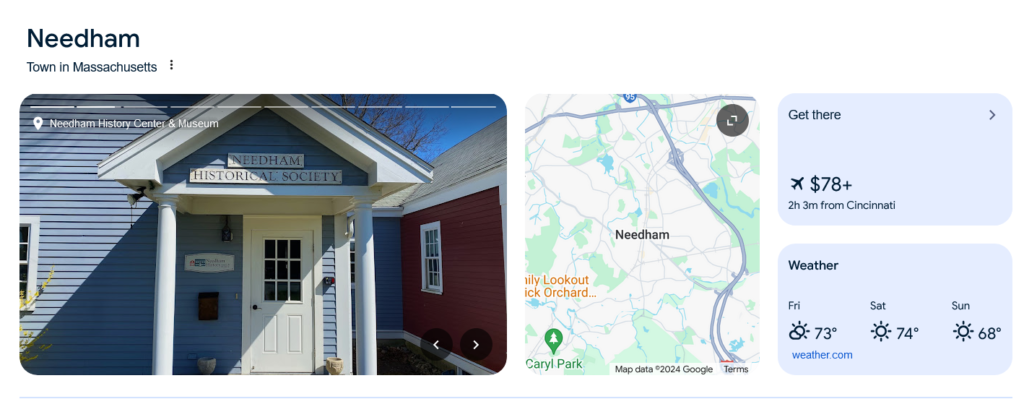

—–
TERA GLOBAL, EOA 35 Billion.
Prophet, Pilgrim, and Priest – Part One

Terra Nova Churchhttps://terranovachurch.org/…/prophet-pilgrim-priest-part…
Jun 21, 2016 — He must speak as the Prophet who hears the Word of God, the Pilgrim who shares his spiritual life journey, and the Priest who serves others.

Mandana Chaffa
To state the obvious: prophets play a large role in this collection, both as contrast and reflection.
From “My Empire:”
“That the prophets arrived not to ease our suffering
but to experience it seems—can I say this?—
a waste?”
[…]
“The prophets came to participate in suffering
as if to an amusement park, which makes
our suffering the main attraction.”
Kaveh Akbar
The prophets came to Earth to experience our flawedness; they didn’t come to Earth to try the wines and eat the mutton, you know. They came here to experience our brokenness, to experience suffering and cruelty. In many faiths—Abrahamic or otherwise—the stories of the prophets or the gods are filled with this. Hanging out with mortals and deigning to sample the local suffering.
PUBLICIZED LEASE ON DEED AND COMMON STOCK ON NET REVENUES STOCK
The explorer Christopher Columbus made four trips across the Atlantic Ocean from Spain: in 1492, 1493, 1498 and 1502. He was determined to find a direct water route west from Europe to Asia, but he never did. Instead, he stumbled upon the Americas. Though he did not “discover” the so-called New World—millions of people already lived there—his journeys marked the beginning of centuries of exploration and colonization of North and South America.
In 1671 Nehoiden was one of three emissaries sent by John Eliot to Metacom (“King Philip”), in a failed effort to defuse the tensions that Eliot saw growing between the Native American tribes and the English. When the war came in 1674, Nehoiden led a company of English scouts.
About
Metacomet, also known as Pometacom, Metacom, and by his adopted English name King Philip, was sachem to the Wampanoag people and the second son of the sachem Massasoit. His older brother Wamsutta briefly became sachem after their father’s death in 1661. Wikipedia
Born: 1639, Massachusetts
Assassinated: August 12, 1676, Bristol, RI
Children: Lucy
Parents: Massasoit
Siblings: Wamsutta
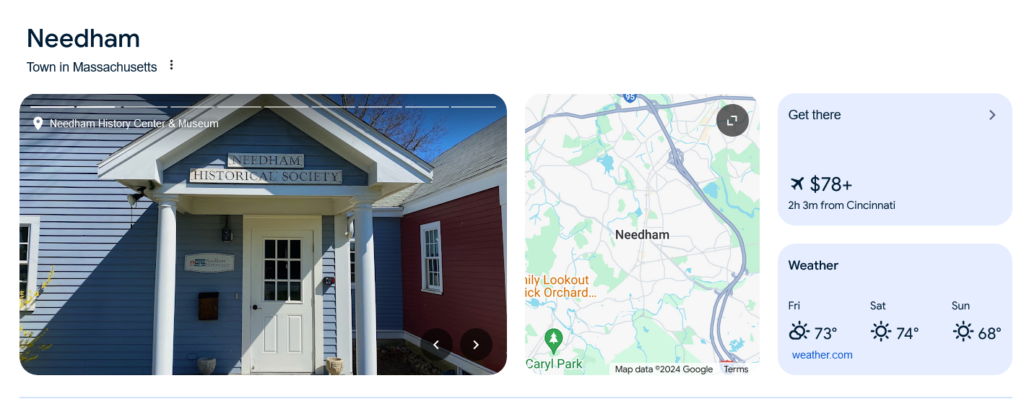
About
Needham is a town in Norfolk County, Massachusetts, United States. A suburb of Boston, its population was 32,091 in the 2020 U.S. Census. It is the home of Olin College. Wikipedia
ZIP Code: 02492 and 02494
Population: 31,248 (2018)
Sales tax: 6.25% avalara.com
Area code: 781
Elevation: 49 m (162 ft)
Incorporated: 1711 [ AND TRUSTED later this and only like we did in British second table this since before The Vatican and is reward of Knights Templar’s]
Named for: Needham Market
Nehoiden the name is from the GEO LOCATION measured by SOLAR and Lunar Events thesefrom the when our house from Egypt came to modernday Mexico.
ODEN the NEH 27 -O- 7 of 9. ODEN.
Knight Templars being Oden, this from ANU and as the orginal code is 6 letters 55 for ANTU and ANU to 65, Original House.
Needham History: Commemorating the ‘Nehoiden Deed’ of 1680. Association Title Agency Secondary Publication of ABSOLUTE DEED
April 13th is Nehoiden Day in Needham, a local holiday first declared in 1980 to commemorate the 300th anniversary of the Land Deed that set aside the land that is now Needham and Wellesley.
The commemoration also bids us remember the Native Americans who lived here for some 7000 or 8000 years before the English, and the complex and remarkable man who managed to stand with one foot balanced on Indian land, and the other on English land.
Nehoiden (more properly Nahaton or Ahaton) was born sometime around 1635, in the village of Unquity (now Milton). He and his family were converted to Christianity by the Rev. John Eliot in the 1640s, and he took the Christian name of William – William Nehoiden. His family moved to the “Praying Indian” (Christian convert) village at Ponkapoag.
Attested Exact copy from Tenures DEED. ELINKd Valuenowcom click link.
——
Nehoiden Glen | Needham, MA | Communities

Wingate Companieshttps://wingatecompanies.com/…/nehoiden-glen/

An Elderly Affordable Housing Community. Situated in the upscale town of Needham, MA, a suburb just outside of Boston, this 61 unit two-story elderly …
Missing:CITY | Show results with: CITY



The Most Worshipful Grand Lodge of Ancient Free and Accepted Masons of the Commonwealth of Massachusetts, commonly referred to as the Grand Lodge of Massachusetts and abbreviated GLMA, is the main governing body of Freemasonry within Massachusetts, and maintains Lodges in other jurisdictions overseas, namely Panama, Chile, the People’s Republic of China (meeting in Tokyo, Japan), and Guantanamo Bay Naval Base, Cuba.
Founded in 1733, it is the fourth oldest Masonic Grand Lodge in existence, after the United Grand Lodge of England (1717), the Grand Lodge of Ireland (1725), and the Grand Lodge of Pennsylvania (1731).
Scotland, Ireland, and the Antients
In a manner similar to the creation of St. John’s Grand Lodge, a number of Masons who had been active in the Antients style of Freemasonry grouped together, and petitioned the Grand Lodge of Scotland for a warrant, which was given to “The Lodge of St Andrew” in 1756. These Antient Freemasons, desiring equal stature with the Moderns, joined with the Lodges attached to three British military units in petitioning the GL of Scotland for Provincial GL status: Lodge of St. Andrew (Scotland) British Army Lodge #58 (Antient) in the 14th Regiment of Foot Glittering Star Lodge #322 (Ireland) with the 29th Regiment Lodge Number 106 (Scotland) with the 64th Regiment (which left before the inauguration of the GM, Joseph Warren)[1]
Due to the Revolution, and based on the state of affairs between the US and Great Britain, the Scottish Provincial Grand Lodge drafted new constitutions, breaking from the Grand Lodge of Scotland and becoming Massachusetts Grand Lodge in 1782.
There was a growing rift in the Lodge of St Andrew regarding this decision to separate, and in December of that same year, it came to a vote. Thirty Masons voted to stay part of the Grand Lodge of Scotland, and nineteen voted for the Massachusetts Grand Lodge. No action was taken on this vote, and it was laid on the table until the end of the war. In January 1784, they voted again, with twenty-nine voting for Scotland, and twenty-three for Massachusetts. Those voting for membership in the Massachusetts Grand Lodge were expelled from the Lodge of St. Andrew. However, they formed their own Lodge of St. Andrew under the new Massachusetts Grand Lodge, which caused confusion for some time, until it was renamed Rising States Lodge.
Founding Fathers and the St. Andrew Lodge
Dr. Joseph Warren was the Master of the Lodge of St. Andrews when he was killed by the British at the Battle of Bunker Hill. He was replaced as Master by John Hancock who would become President of Continental Congress and be the only member of Congress to actually sign the Declaration of Independence on July 4, 1776. Paul Revere was also a Mason and member of the Lodge. Bostonian Samuel Adams and his cousin John Adams from nearby Quincy were not Masons.
Xianhua Wang points out that in the Early Dynastic period, the rulers who mention Anu in the inscriptions and refer to him as lugal kur-kur, “king of the lands,” seem to be connected with either Ur or Uruk, while elsewhere the same epithet designates Enlil instead.[25] A text known from copies from Shuruppak and Ebla only refers to Anu as the divine “king of Uruk.”[26] In later inscriptions from the period of the Old Babylonian Empire, Enlil could be mentioned both alongside Anu or on his own as the head of the pantheon.[27] A trinity consisting of both of them and Ea is also attested.[28] Only in Uruk in the final centuries of the first millennium BCE a change occurred, and Anu was reinvented by theologians as an active god.[23]
Astral role
In Mesopotamian astronomy, the sky was divided into three zones, with the stars closest to the pole belonging to Enlil and those close to the equator to Ea.[28] The stars located between these two zones were the domain of Anu.[28] All three were referred to as the “Ways” of the respective deities.[29] Astronomer John G. Rogers assumes that the boundaries of each Way were at 17°N and 17°S.[30] The division is best attested in the astronomical treatise MUL.APIN.[28] The date of its composition is unknown, though it is known that it is more recent than the Old Babylonian period, and the oldest reference to the tripartite division of the sky comes from a document from the thirteenth century BCE, a version of the so-called Prayer to the Gods of the Night, whose oldest copies do not mention this concept yet.[28]
WARREN IN RE OF WARREN COUNTY AND WARREN BUFFET
Xianhua Wang points out that in the Early Dynastic period, the rulers who mention Anu in the inscriptions and refer to him as lugal kur-kur, “king of the lands,” seem to be connected with either Ur or Uruk, while elsewhere the same epithet designates Enlil instead.[25] A text known from copies from Shuruppak and Ebla only refers to Anu as the divine “king of Uruk.”[26] In later inscriptions from the period of the Old Babylonian Empire, Enlil could be mentioned both alongside Anu or on his own as the head of the pantheon.[27] A trinity consisting of both of them and Ea is also attested.[28] Only in Uruk in the final centuries of the first millennium BCE a change occurred, and Anu was reinvented by theologians as an active god.[23]
Astral role
In Mesopotamian astronomy, the sky was divided into three zones, with the stars closest to the pole belonging to Enlil and those close to the equator to Ea.[28] The stars located between these two zones were the domain of Anu.[28] All three were referred to as the “Ways” of the respective deities.[29] Astronomer John G. Rogers assumes that the boundaries of each Way were at 17°N and 17°S.[30] The division is best attested in the astronomical treatise MUL.APIN.[28] The date of its composition is unknown, though it is known that it is more recent than the Old Babylonian period, and the oldest reference to the tripartite division of the sky comes from a document from the thirteenth century BCE, a version of the so-called Prayer to the Gods of the Night, whose oldest copies do not mention this concept yet.[28]
The return the first was 17 days this howcome you see it and because it was predicited and by soul that of geo location hereon earth,

IRELAND GOLF COURSE
Qualified Opportunity Fund can temporarily defer tax on the amount of eligible gains
Nehoiden Golf Club
Golf club in Wellesley, Massachusetts
Address: 91 Dover Rd, Wellesley, MA 02482
The Province of South Carolina, originally known as Clarendon Province, was a province of the Kingdom of Great Britain that existed in North America from 1712 to 1776. It was one of the five Southern colonies and one of the thirteen American colonies of the British Empire. The monarch of Great Britain was represented by the Governor of South Carolina, until the colonies declared independence on July 4, 1776.
Etymology
“Carolina” is taken from the Latin word for “Charles” (Carolus), honoring King Charles II, and was first named in the 1663 Royal Charter granting to Edward, Earl of Clarendon; George, Duke of Albemarle; William, Lord Craven; John, Lord Berkeley; Anthony, Lord Ashley; Sir George Carteret, Sir William Berkeley, and Sir John Colleton the right to settle lands in the present-day U.S. states of North Carolina, Tennessee, South Carolina, Georgia, Alabama, Mississippi, and Florida.[2]
The U.S. state of North Carolina is divided into 100 counties. North Carolina ranks 28th in size by area, but has the seventh-highest number of counties in the country.[1]
Following the restoration of the monarchy in 1660, King Charles II rewarded eight persons on March 24, 1663, for their faithful support of his efforts to regain the throne of England. He gave the eight grantees, called Lords Proprietor, the land called Carolina, in honor of King Charles I, his father. The Province of Carolina, from 1663 to 1729, was a North American English (1663–1707), then British (from 1707 union with Scotland) colony. In 1729, the Province of North Carolina became a separate entity from the Province of South Carolina.[2]
Edmund Bohun
1698
1699
died in office of fever
Robert Wright
1730
1739
died in office
Charles Skinner
1762
Skinner Demolition & Container
General contractor in Butler County, Ohio
Address: 8740 Cincinnati Dayton Rd, West Chester Township, OH 45069
Christopher Skinner – ROCKSTAR RECOVERY GROUPLinkedIn · Christopher Skinner9.5K+ followers
Olde West Chester, Ohio, United States · ROCKSTAR RECOVERY GROUP
Christopher Skinner. ROCKSTAR RECOVERY GROUP University of Cincinnati. Olde West Chester, Ohio, United States. 10K followers 500+ …
Missing:Old | Show results with: Old
| Thomas Knox Gordon | 13 May 1771 |
| ALAMNce County | 001 | Graham | 1849 | Orange County | The Battle of Alamance which was derived from the local Indian word meaning “blue clay” found in the Great Alamance Creek | 179,165 | 434 sq mi (1,124 km2) |
|---|
| Anson County | 007 | Wadesboro | 1750 | Bladen County | George, Lord Anson (1697–1762), a celebrated English admiral who circumnavigated the globe | 21,897 | 537 sq mi (1,391 km2) |
|---|
King of the Franks
Reign
9 October 768 –
28 January 814
Coronation
9 October 768
Noyon
Predecessor
Pepin the Short
Successor
Louis the Pious
Co-ruler
Carloman I (768–771)
Charles (800–811)
Visigoths and Carolingians: the legend of Charlemagne

After the fall of the Roman Empire, Andorra came under the influence of the Visigoths, the Kingdom of Toledo, and the Diocese of Urgell. The Visigoths remained in the valleys for 200 years, during which time Christianity spread. When the Muslim Empire of Al-Andalus replaced the ruling Visigoths in most of the Iberian Peninsula, Andorra was sheltered from these Arab invaders by the Franks.[38]
Tradition holds that Charles the Great (Charlemagne) granted a charter to the Andorran people for a contingent of 5,000 soldiers under the command of Marc Almugaver, in return for fighting against the Moors near Porté-Puymorens (Cerdanya).[39]
Andorra,[e] officially the Principality of Andorra,[2][f] is a sovereign landlocked country on the Iberian Peninsula, in the eastern Pyrenees in Western Europe, bordered by France to the north and Spain to the south. Believed to have been created by Charlemagne, Andorra was ruled by the count of Urgell until 988, when it was transferred to the Roman Catholic Diocese of Urgell. The present principality was formed by a charter in 1278. It is currently headed by two co-princes: the bishop of Urgell in Catalonia, Spain and the president of France. Its capital and largest city is Andorra la Vella.
Andorra is the sixth-smallest state in Europe, with an area of 468 square kilometres (181 sq mi) and a population of approximately 79,034.[15][16] The Andorran people are a Romance ethnic group closely related to Catalans.[17] Andorra is the world’s 16th-smallest country by land and 11th-smallest by population.[18] Its capital, Andorra la Vella, is the highest capital city in Europe, at an elevation of 1,023 metres (3,356 feet) above sea level.[19] The official language is Catalan, but Spanish, Portuguese, and French are also commonly spoken.[3][20]
Tourism in Andorra brings an estimated 10.2 million visitors to the country annually.[21] Andorra is not a member state of the European Union. It has been a member of the United Nations since 1993.[22]

